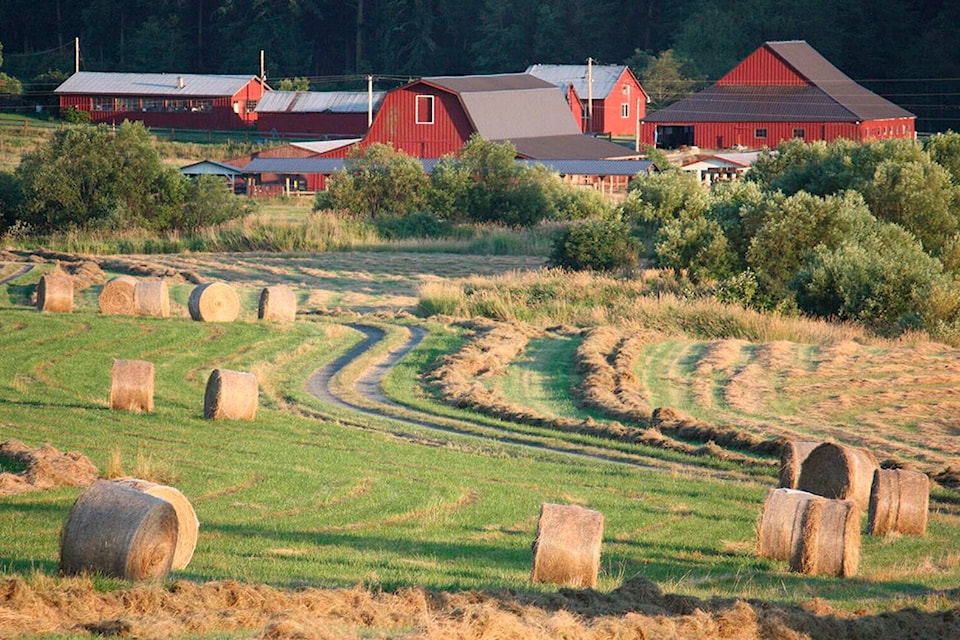In order for farmers to improve their bottom lines this year, it’s going to take some structure in their operations to go along with a bit of hard work, difficult decisions and some luck.
Farm Credit Canada’s chief agricultural economist J.P. Gervais explained that in spite of an expected substantial drop in 2018 Canadian net farm income, things are anticipated to turn around slightly this year.
“We expect overall gross income to come down as expenses have gone up in 2018,” he said.
“As the price of farm inputs has gone up, obviously net income and profits are going to be down. Now, 2019 is an interesting exercise because both gross revenue and expenses are going to be up. The question is — are expenses going to climb faster than revenue?”
Estimated farm cash receipts will hit $61.4 billion CDN in 2018, which will translate — after expenses — into net cash income of less than average of $14 billion over the previous four years. The reason for most of that is a three per cent jump in the farm input price index and a nearly four per cent hike in the animal production index.
Gervais feels that net farm income will grow only slightly, though that will also depend on some factors that are out of producers’ hands.
“There is a lot of stuff that is really a big deal that producers have no control over — market access issues with both China and India when it comes to Canadian exports is a negative, while the value of the Canadian dollar, sitting at around 74 cents U.S, has a big impact on their profits and right now that’s a positive,” he stated, adding Canadian agriculture revenue should climb two per cent in 2019.
“Where can you cut costs without having a big impact on the revenues? You have to be careful about sharpening your pencil to be sure that wherever you are cutting on costs, that it will not have more of an impact on the revenue side,” he added.
Managing the risk on commodities is also as important as being efficient, according to Gervais, as it can maximize payment for products. However, it also means having a great understanding of just what can be at stake.
“Not selling now in hopes of getting a better price later means you have be sure you know the level of risk you are taking,” he stated.
“Doing that little bit more on the marketing side can also add up. Although, going with a less risky marketing strategy — not trying to hit the top end, but something more steady — like selling throughout the year are going to give a bit of a boost.”
However, Gervais noted that less risky route may be the way to go as commodity markets look to remain as elastic in 2019 as they were last year.
“I was hoping it would be a less volatile year than last, but it looks now we are going to get the same kind of year,” he explained.
“With the direct involvement in trade tensions with China as well as being caught in the China-U.S. crossfire, the first line of defence is liquidity. If you have a little less of a positive environment, you need to know what you have to work with and make sure your business is steady and that you can meet your financial obligations.”
That goes right into the last control farmers have, which is expenses such as loan payments and input costs.
Gervais explained input prices have already risen and that is anticipated to continue, leading to overall operating expenses increasing. Meanwhile, farmers with loans coming up for renewal know that their borrowing costs will also go up.
“Most operations that have to renew this year will face higher borrowing costs, despite the fact that higher interest rates are not anticipated in the near future, only because we have had five rate increases in the last 18 months,” he said.
All that being said though, Gervais remains “super positive” about Canadian agriculture’s continuing strength and growth with this country’s recent advantageous trade deals providing access to markets its competitors don’t along with cheaper export commodities because of the low dollar.
jordie.dwyer@ponokanews.com
Like us on Facebook and follow us on Twitter
